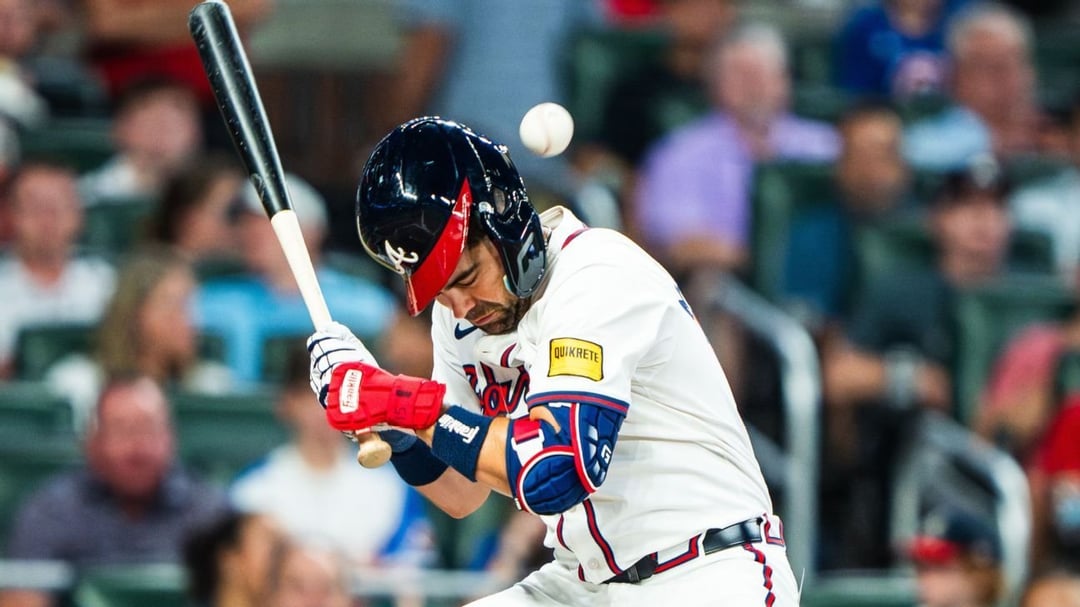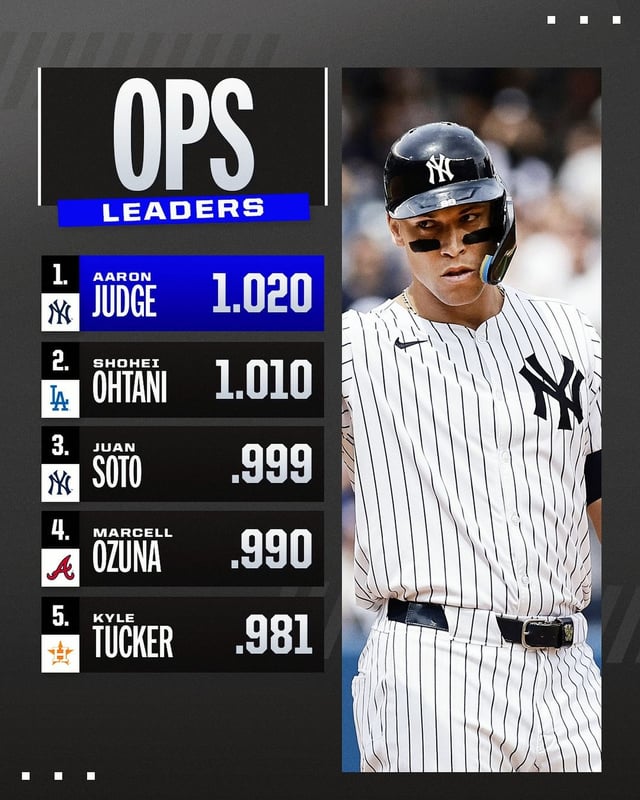Alright, let’s talk about this whole “stat padding” thing in baseball. It wasn’t something I set out to study, you know, like some kinda project. It just sorta happened from watching way too many games, especially the ones that were already decided pretty early on.

I started noticing it, or at least, what felt like it, a few seasons back. You’d see a game, say, 10-1 in the 8th inning. Pitcher comes in, maybe a reliever who doesn’t usually get high-leverage spots. And suddenly, he’s striking out the side. Or a hitter, already 0-for-3, comes up against a position player pitching (yeah, those games) and smacks a double. You see it enough times, and you start thinking, “Hmm, does that really count the same?”
My Little Tracking Experiment
So, I got curious. Not like, super scientific curious, more like bored-on-a-Tuesday curious. I started keeping a little notepad next to me during games. Sometimes I’d use a simple spreadsheet, nothing fancy.
Here’s what I tried to keep an eye on:
- Blowout games: Score difference of 5+ runs after the 7th inning.
- Pitchers: Who was pitching in these low-stakes innings? Were they racking up Ks against hitters who maybe weren’t trying their hardest?
- Hitters: Were guys getting hits late in blowouts that boosted their average? Especially against questionable pitching?
- Situations: Like hitting for the cycle by getting a single in the 9th inning of a 12-2 game. Stuff like that.
Honestly, it was pretty tedious. You watch a lot of meaningless baseball. Sometimes I’d just make notes like “Player X – solo homer down by 8 in the 9th” or “Reliever Y – 3 Ks vs bottom of order, up by 10”. No fancy formulas, just trying to see if I could spot a pattern with my own eyes.
What I Found (Or Thought I Found)
It’s tough, really tough, to say for sure someone is trying to pad their stats. How do you know what’s in their head? Maybe that pitcher just found his groove. Maybe that hitter finally timed one up right.

But yeah, you do see things. You see certain players who seem to have a knack for getting stats when the pressure’s off. Maybe their batting average on balls in play (BABIP) skyrockets in garbage time compared to close games. Or pitchers whose strikeout rates jump when the game’s out of reach. I noticed some guys seemed to get their numbers boosted quite a bit from these situations.
It wasn’t like uncovering some grand conspiracy. More like confirming a suspicion. It felt like, yeah, some stats probably are a bit inflated because of these easy opportunities. It made me look at season totals a bit differently.
So, What’s the Point?
Well, for me, it just added another layer to watching the game. It didn’t ruin baseball or anything. It just made me appreciate the guys who perform when it really matters a bit more. And maybe I discount some gaudy numbers if I feel like a chunk came from those blowout innings.
It’s messy, though. No perfect way to measure it without making tons of assumptions. So, my little notepad “practice” didn’t lead to some breakthrough formula. It just ended up being part of how I watch and talk about the game now. You see a guy hit a homer when his team is down ten runs? You still acknowledge the homer, but maybe you add a little mental asterisk next to it. That’s kinda where I landed on it.










